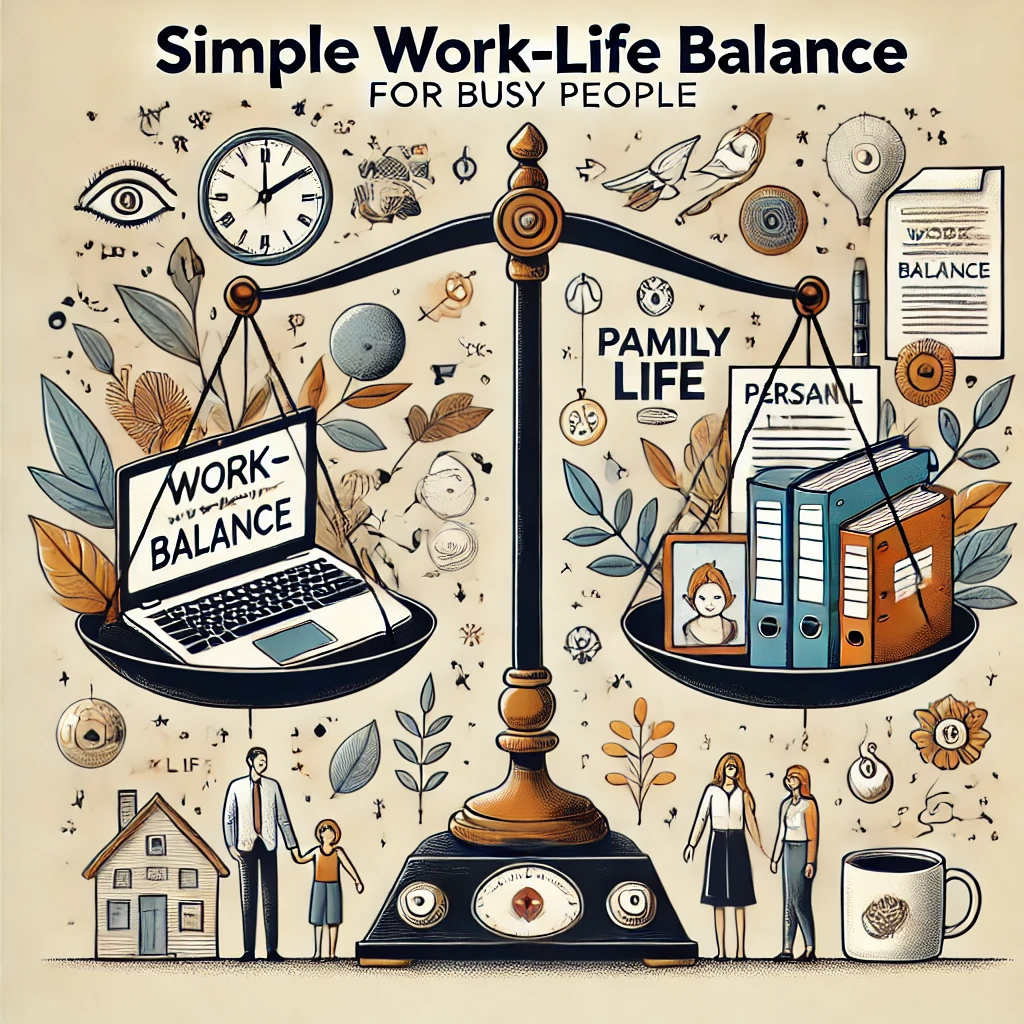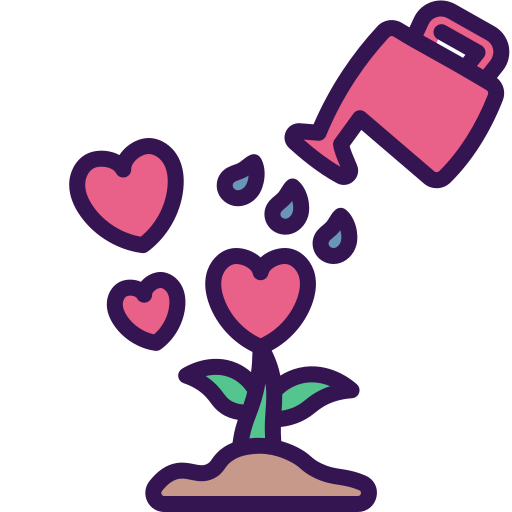Introduction
Simple work-life balance tips
are essential for maintaining overall well-being and productivity, especially in today’s fast-paced world. Achieving a healthy work-life balance can be challenging, particularly for busy individuals. The demands of work often spill over into personal time, leading to stress and burnout. This post aims to provide 7 simple, actionable simple work-life balance tips that busy people can easily implement to lead a more balanced and fulfilling life.
CARS LOVER CAN VISIT THIS SITE
- Sports Cars Under $10,000
- Sports Cars Under $8,000
- India’s First Sports Car
- Charm of 1970s American Cars
- Dodge Challenger SRT Hellcat
- Top 10 Ideal Cars for First-Time Buyers
- Skoda’s Superb Relaunch
- 10 Best New Sports Cars You Can Buy in 2024
- Japanese Sports Cars
Identify Common Challenges for Busy People
High Workload and Long Hours
Many professionals struggle with high workloads and long hours, making it difficult to find time for personal activities. The constant pressure to meet deadlines and achieve targets can be overwhelming. Understanding simple work-life balance tips can help mitigate these challenges.
Difficulty in Setting Boundaries
Setting boundaries between work and personal life is crucial but often challenging. Many people find it hard to “switch off” from work, especially with the rise of remote working and the expectation to be constantly available. Implementing simple work-life balance tips can make this easier.
IF YOU LOVE MUSIC THEN CLICK ON THESE LINKS
- Spotify++ ios
- Spotify For Mac
- Spotify For pc
- Spotify Mod APK
- Spotify ++ premium
- Spotify lite Mod APK
- Spotify ++ IPA
- Spotify Vanced APK
Constant Connectivity and Lack of Personal Time
The digital age has blurred the lines between work and personal life. Constant connectivity through emails, messages, and social media means that work often intrudes into personal time, leaving little room for relaxation and leisure. These simple work-life balance tips can help create a better separation.
7 Simple Work-Life Balance Tips
Set Clear Boundaries
Establishing clear boundaries is essential for maintaining a work-life balance.
- Define Specific Work Hours: Set specific work hours and stick to them. Communicate your work hours to your colleagues and supervisor to manage expectations. This is one of the most effective simple work-life balance tips.
- Create a Dedicated Workspace at Home: If you work from home, create a dedicated workspace separate from your personal areas. This helps in mentally separating work from personal life.
Prioritize Tasks
Effective task management can significantly reduce stress and increase productivity.
- Use Time Management Techniques like the Eisenhower Matrix: The Eisenhower Matrix helps prioritize tasks based on urgency and importance. Focus on high-priority tasks first to ensure they are completed efficiently. Learn more about the Eisenhower Matrix from Mind Tools. Prioritizing tasks is a key simple work-life balance tip.
- Focus on Completing High-Priority Tasks First: Tackle high-priority tasks at the beginning of your workday when your energy levels are highest.
Take Regular Breaks
Taking breaks is essential for maintaining productivity and mental well-being.
- Schedule Short Breaks Throughout the Day: Regular short breaks can help refresh your mind and prevent burnout. Check out this article from Mayo Clinic on the importance of taking breaks. This is an important simple work-life balance tip.
- Ensure a Proper Lunch Break Away from Work: Take a proper lunch break away from your desk to recharge and relax.
Practice Self-Care
Self-care is vital for maintaining both physical and mental health.
- Engage in Regular Physical Activity: Exercise helps reduce stress and improve overall health. Aim for at least 30 minutes of physical activity daily. For more tips on physical activity, visit American Heart Association. Self-care is a fundamental part of simple work-life balance tips.
- Maintain a Healthy Diet and Get Adequate Sleep: Eating a balanced diet and getting sufficient sleep are crucial for managing stress and maintaining energy levels. Learn more about healthy eating from Harvard T.H. Chan School of Public Health.
Unplug from Technology
Disconnecting from technology can help reduce stress and improve work-life balance.
- Limit Screen Time After Work Hours: Set boundaries for screen time after work to ensure you have time to relax and unwind. This is another valuable simple work-life balance tip.
- Designate Tech-Free Times or Zones at Home: Create tech-free zones or times at home to encourage relaxation and personal interaction.
Make Time for Hobbies and Interests
Engaging in activities that bring joy and relaxation is essential for a balanced life.
- Pursue Activities That Bring Joy and Relaxation: Identify hobbies or activities that you enjoy and make time for them regularly. Incorporating hobbies is a practical simple work-life balance tip.
- Schedule Regular Leisure Activities: Plan leisure activities in your schedule to ensure they are given priority.
Seek Support
Seeking support from others can help manage stress and improve well-being.
- Talk to Friends, Family, or Colleagues About Challenges: Sharing your challenges with others can provide emotional support and practical advice. Seeking support is a helpful simple work-life balance tip.
- Consider Professional Support if Needed: If stress becomes overwhelming, consider seeking help from a professional counselor or therapist. For more information on seeking support, visit our Counseling Services Guide.
Real-Life Examples
Here are some real-life examples of individuals who have successfully implemented these simple work-life balance tips:
- Jane, a Marketing Manager: Jane struggled with long work hours and high stress levels. By setting specific work hours and creating a dedicated workspace at home, she was able to better separate work from personal life. She also prioritized tasks using the Eisenhower Matrix and took regular breaks to recharge. As a result, Jane found that her productivity increased, and her stress levels decreased.
- Tom, a Software Developer: Tom found it challenging to unplug from technology after work. He started limiting screen time and designating tech-free zones at home. Tom also made time for his hobbies, such as playing guitar and hiking, which helped him relax and enjoy his personal time more. This improved his overall well-being and work-life balance.
- Lisa, a Teacher: Lisa faced constant connectivity and struggled to find personal time. She set clear boundaries by defining specific work hours and took proper lunch breaks away from her desk. Lisa also sought support from her family and friends, which provided her with the emotional support she needed. These changes helped Lisa manage her workload more effectively and enjoy a better work-life balance.
Conclusion
Achieving a healthy work-life balance is crucial for maintaining overall well-being and productivity. By implementing these 7 simple work-life balance tips, busy individuals can manage their work and personal life more effectively. Remember, simplicity and practicality are key to achieving balance. Start with small changes and gradually build on them to create a more balanced and fulfilling life.
Call to Action
We encourage you to share your experiences and work-life balance tips in the comments below. For more tips and advice on mental health and wellness, subscribe to our blog and follow us on social media for updates and additional resources.
FAQs about Simple Work-Life Balance Tips
- What are some simple work-life balance tips for busy people?
- Setting clear boundaries, prioritizing tasks, taking regular breaks, practicing self-care, unplugging from technology, making time for hobbies, and seeking support are effective tips.
- How can setting boundaries help with work-life balance?
- Defining specific work hours and creating a dedicated workspace can help separate work from personal life, reducing stress and improving focus.
- Why is prioritizing tasks important for work-life balance?
- Prioritizing tasks ensures that high-priority tasks are completed first, reducing stress and improving productivity.
- What are the benefits of taking regular breaks?
- Regular breaks help refresh the mind, prevent burnout, and maintain productivity throughout the day.
- How does practicing self-care contribute to work-life balance?
- Engaging in physical activity, maintaining a healthy diet, and getting adequate sleep are essential for reducing stress and improving overall health.
- How can unplugging from technology improve work-life balance?
- Limiting screen time and designating tech-free zones can help reduce stress and encourage relaxation and personal interaction.
Additional Resources
For further reading and tools related to simple work-life balance tips, consider exploring the following resources:
if you love stories then visit:


